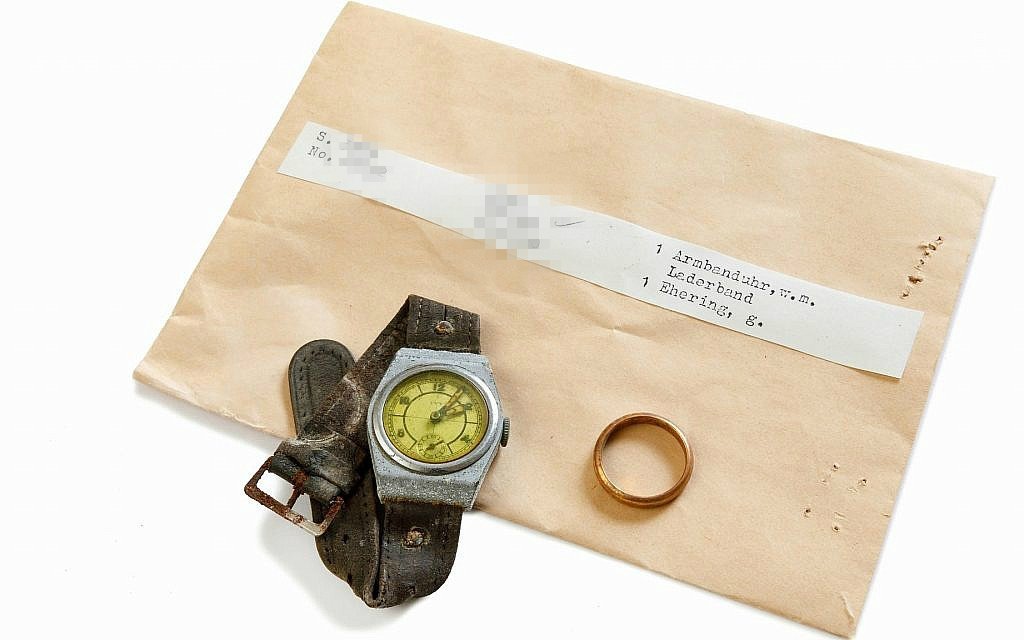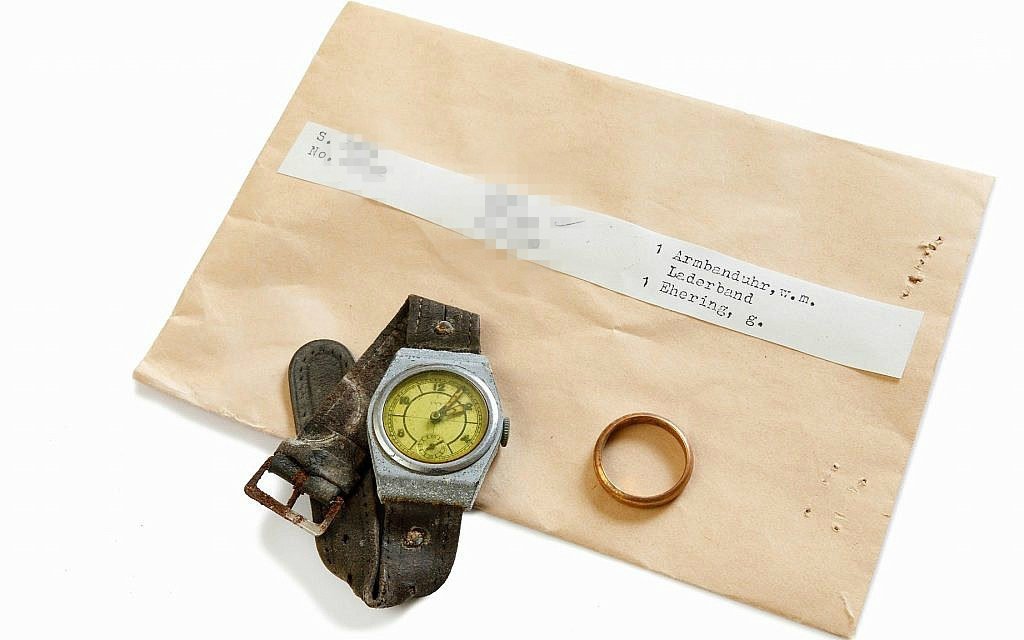
Published on 21.04.2018.
The International Tracing Service (ITS) is a massive archive containing a staggering amount of material, most of it collected by Allied forces as they liberated Europe, beginning in 1943. Located in Bad Arolsen, Germany, it is a complex of six buildings filled from floor to ceiling with 30 million original documents relating to the fates of 17.5 million victims of Nazi persecution. Since the war — and especially in its immediate aftermath — the institution’s primary purpose has been to trace the fates of these people.
The campaign #StolenMemory launched on International Holocaust Remembrance Day in late January with the placement of large-format posters around the exterior perimeter of the UNESCO headquarters in Paris. Each poster features a confiscated personal effect, like a watch, wedding ring, fountain pen, or comb, and whatever information ITS has been able to find on its original owner and his or her fate.
In the ITS archive there are nearly 3,000 “effects” from concentration camps: pocket watches and wristwatches, rings, wallets, family photos, everyday items such as combs, powder tins or razors, etc. Often they were the last remaining belongings of the victims of Nazi persecution, the things they had with them at the time of their arrest by the National Socialists.
More information HERE!



